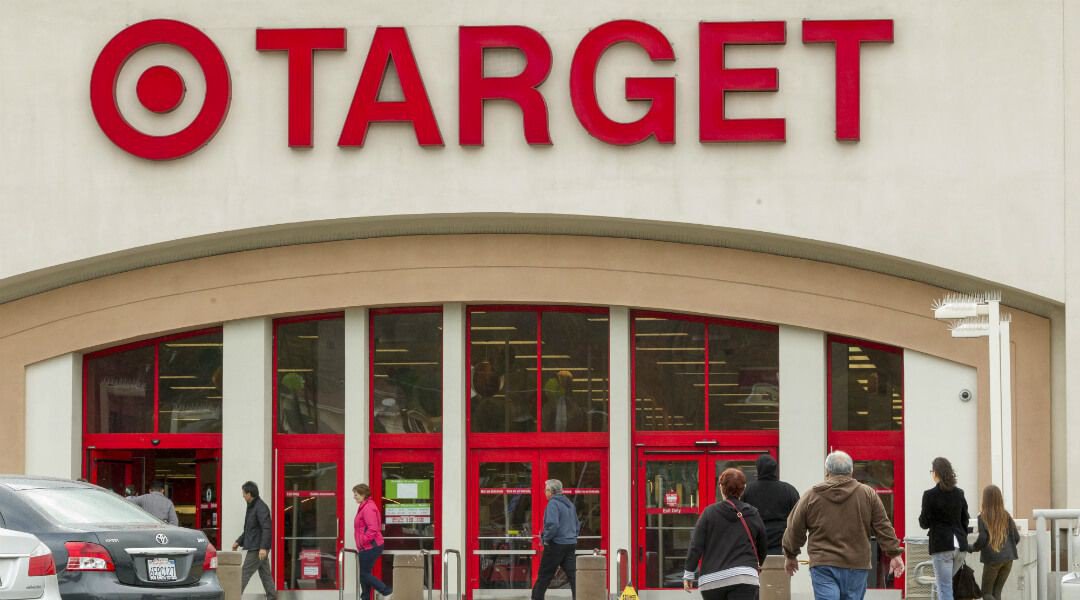Dividend Value Builder Newsletter
- Discover, Compare, and Evaluate Stocks Without Emotional Bias -
(Intrinsic Value Analysis For Over 300 Stocks)
Target (TGT) Stock Analysis


Target Dividend
The Target dividend has been paid every year since 1967 and increased for 54 consecutive years; qualifying the company as Dividend King, Dividend Aristocrat and Dividend Champion.
Current Dividend Per Share Annualized: $4.56
Why you might want to own the company:
Target combines reliable dividend growth with long-term brand strength and retail innovation.Target stands out for its strong brand identity, customer loyalty, and emphasis on trend-driven private-label brands. Its “only-at-Target” offerings and successful omnichannel strategies—including same-day services like Drive Up and Order Pickup—enhance convenience and engagement. For those seeking a retail stock that blends value, style, and strategic digital investment, TGT offers long-term growth and resilience potential.
Is the stock a Buy, Sell, or Hold?
Target (TGT) Intrinsic Value – Margin of Safety Analysis
(updated December 2025)
Normalized Diluted Earnings Per Share (TTM): $8.25
Free Cash Flow Per Share: $6.59
Cash Flow From Operations Per Share (TTM): $14.84
Estimated Intrinsic Value: $122
Target Buy Price Based on Required Margin of Safety = $102
(Required Margin of Safety Based On Risk Stability
Grade:
A = 0%, B = 20%, C = 30%, D = 40%, F = 50%)
Target SELL Price Based on Estimated Intrinsic Value = $153
(Allow Overvaluation Adjusted by Risk Stability Grade:
A = 40%, B = 25%, C = 15%, D = 5%, F = 0%)
Risk / Stability Grade: B
A grade indicates a quality company with a strong balance sheet, high earnings quality, and a positive business environment. These stocks require the slimmest margin of safety within the stock universe.
B grade indicates a company with a good balance sheet, good earning quality, and a stable business environment. The margin of safety required should be greater than stocks with an A grade but less than the average stock.
C grade indicates a company with a sufficient balance sheet, at least average earnings quality, and a reasonably stable business environment. The margin of safety required is greater than A & B stocks, but less than D & F stocks.
D grade indicates a company in good standing but has issues that could affect its stability and long term risks. D rated stocks should require a large margin of safety when purchased.
F grade indicates a company with significant issues that are currently affecting its stability and long term risks. Require an extremely large margin of safety for F rated stocks when purchased.
Financial Risk Grade: B
A grade indicates an extremely low probability of a dividend cut. This rating is reserved for companies with strong balance sheets and/or excellent dividend histories.
B grade indicates a very low probability for a dividend cut.
C grade indicates a low probability for a dividend cut and/or average safety risk.
D grade indicates there are issues that should be considered concerning future dividend payments.
F grade indicates serious dividend safety risks. Investors should complete comprehensive due diligence before investing.
Business Quality Grade: B
A grade indicates earnings quality is high or far above average.
B grade indicates earnings quality is good and/or above average.
C grade indicates earnings quality is acceptable or average.
D grade indicates earnings quality is poor and requires thoughtful due diligence.
F grade indicates the quality of the earnings is poor or far below average requiring serious due diligence.
Earnings Report: 10/31/25
AAAMP Portfolios Position Disclosures:
Treasure Trove Dividend (TTD) – LONG
Global Dividend Value-(GDV) – LONG
Dividend Growth & Income (DGI) – LONG
Global Value (GV) – LONG
Global Value Aggressive (GVA)- LONG
Global Conservative Income (GCI) – LONG
Global High Income (GHI) – LONG
Company Description
Sector: Consumer Defensive
Industry: Discount Stores
Company Overview:
Target Corporation (TGT) is a leading U.S. retailer that operates a nationwide chain of stores offering a wide range of products, including apparel, home goods, groceries, and electronics. Known for its focus on affordable yet stylish merchandise, Target combines in-store and digital shopping experiences, with a strong emphasis on private-label brands and exclusive partnerships.
Company Strengths:
Target benefits from a strong brand reputation, a loyal customer base, and a well-executed omnichannel strategy that integrates physical stores with e-commerce. Its diverse product assortment, competitive pricing, and private-label brands like Good & Gather and Cat & Jack drive strong sales. Additionally, its same-day delivery and in-store pickup services enhance convenience and customer satisfaction.
Company Challenges:
Target faces challenges from intense competition with Walmart, Amazon, and discount retailers, along with shifting consumer spending habits. Economic downturns and inflationary pressures can impact discretionary spending. Additionally, supply chain disruptions, rising labor costs, and theft-related shrinkage pose ongoing risks to profitability.
Dividend Value Builder Newsletter Membership (24 Issues) - $129/Yr.
Minimize Large Portfolio Drawdowns
Invest With Confidence In Less Time - Manage Your Portfolio Without Behavioral Errors
Disclaimer:
While Arbor Investment Planner has used reasonable efforts to obtain information from reliable sources, we make no representations or warranties as to the accuracy, reliability, or completeness of third-party information presented herein. The sole purpose of this analysis is information. Nothing presented herein is, or is intended to constitute investment advice. Consult your financial advisor before making investment decisions.
